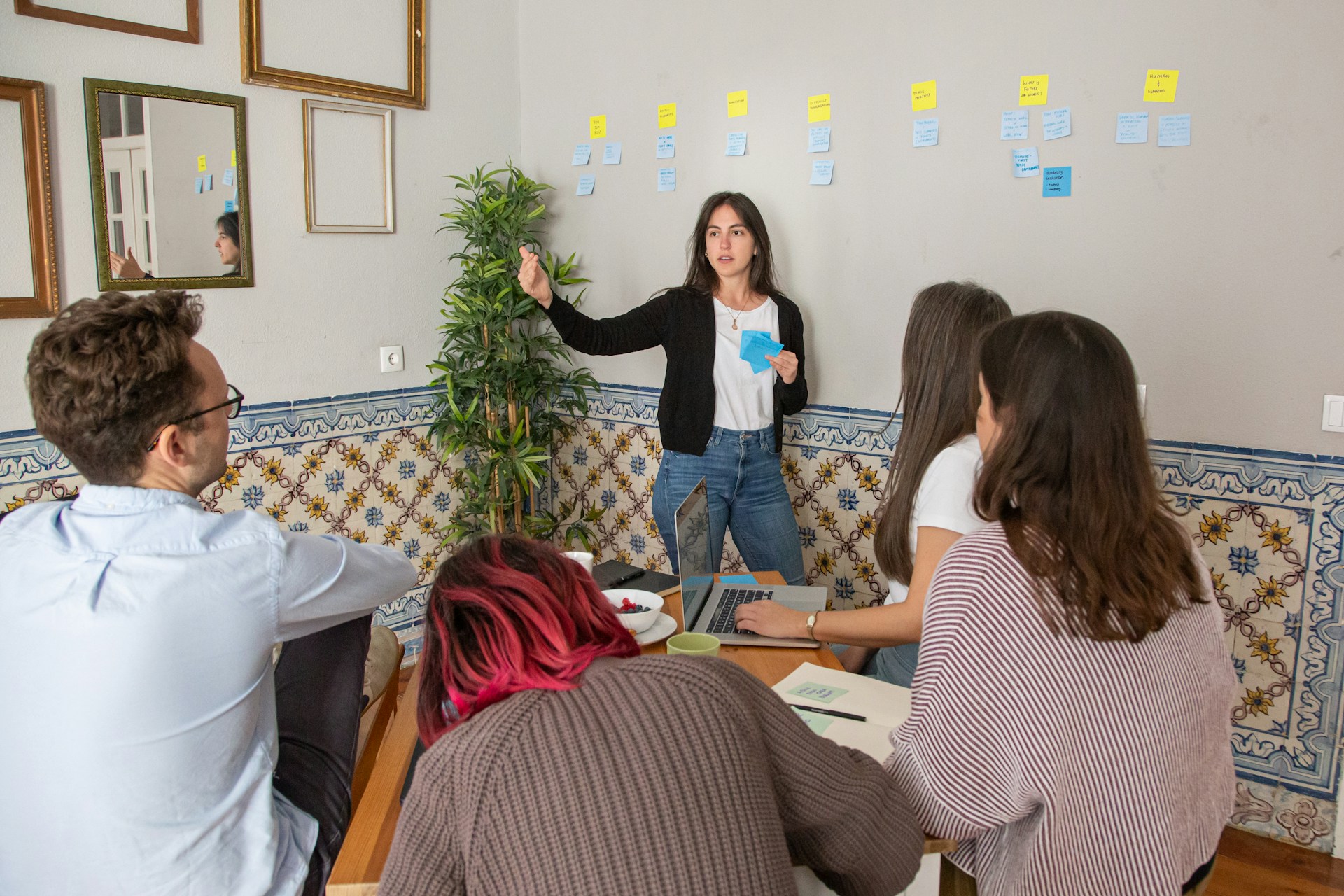A Comparison of Change Management Models: Lewin vs. Kotter

Is your organization in need of change? Given the speed with which markets, consumer preferences and technologies shift, the answer is likely “yes” followed by “pretty much continuously.” Change management is a well-developed discipline that companies can deploy to make transitions—incremental process updates as well as big transformational overhauls—more proactive, predictable and permanent (at least until the next change is needed).As a mature discipline, change management has evolved into several methodologies. A comparison of change management models is always a good idea before embarking on an initiative, because some are better suited to certain types of projects than others. In this blog, we’ll take a look at the pros and cons of the Lewin and Kotter change management frameworks. Lewin’s change model is a three-step process developed to help leaders facilitate and understand transitions. Kotter’s change model employs an eight-step process that addresses the people affected by the change rather than focusing on the change itself.
What to think about when comparing change management models
All change management frameworks have their strengths and weaknesses. It’s not a one-size-fits-all discipline. Here are a few things to keep in mind as you begin the comparison of change management models. Look at each through several lenses, including culture, leadership, processes, technology/tools, customers, etc.:
- What is the nature of the problem you need to solve?
- What is the scale of the change?
- What are the ramifications of the change across the organization?
- Who will embrace the change, and who may not? Why?
- How much time do you have to make the change?
- How many people will it take, and how much of their time will be required?
- How does the model deal with what happens after the change is implemented?
Lewin’s change model
Alternately called the Three Stages model or the Planned Approach to Organization, social scientist and physicist Kurt Lewin’s change management model is elegant in its simplicity: unfreeze, change, refreeze.
- Stage 1: Unfreeze – The first step in Lewin’s change model involves highlighting an overwhelming need to do something different and eliminating resistance to it. The driving force might be economic, legal, geopolitical or competitive—in corporate vernacular, a “burning platform” that means it’s time to take action. The goal is to educate and motivate. Employee resistance is mitigated through involvement, communication, training, rewards or other tactics. Eventually, the forces for change overcome the forces against it, and you’re on to Stage 2.
- Stage 2: Change – Successful implementation is the focus of Stage 2. People are now unfrozen and working toward the “to be” state. Motivation continues to play an important role to ensure people see the change through to the end despite any affinity for the way things used to be. Companies should communicate the vision and progress toward it clearly and often, nip misinformation in the bud and keep leaders engaged. This John D. Rockefeller quote comes in handy: “Don’t be afraid to give up the good to go for the great.”
- Stage 3: Freeze (refreeze) – At this point, the change has been implemented and people are internalizing the new way of working. Positive reinforcement—quick wins, recognition, rewards, performance-based pay, etc.—of the desired processes or behaviors ensures the change moves from the “new way we do things” to “the way it’s done.” Ongoing training and support are vital.
Some have criticized the Lewin change management model as too simplistic and not up to the task of today’s complex organizations and rapidly shifting business dynamics. They note that it shies away from dealing with corporate politics, which can sink a change initiative through pocket vetoes, power moves and shadow coalitions. The model also lacks specificity at the most crucial stage, unfreeze, leaving too much open to interpretation.On the positive side, the model’s focus on the principles of behavioral psychology makes it timeless. And the simplicity that frustrates some can make it an easy-to-use change management strategy for others; it’s easier for people to embrace what they understand.
Kotter’s change model
Kotter’s change model is more detailed than Lewin’s. A Harvard Business School professor, Kotter developed his eight-step model after researching 100+ organizations going through organizational change.
- Increase urgency – Identify threats to the business, what will happen if they’re ignored and the opportunities that change will bring. Have honest discussions with people in an effort to move them toward acceptance.
- Build a guiding coalition – Identify people at all levels of the organization who can be champions for change. Give them the information they need to successfully guide those in their sphere of influence forward.
- Develop the vision – Start with the end in mind. What do you want to achieve and what does success look like? How will the change initiative proceed?
- Communicate for buy-in – When it comes to change management, communication should be clear, honest, persuasive and frequent. People won’t support what they don’t understand, especially when it affects them.
- Empower action – Give people the knowledge, skills and tools they need to make the change. Understand the barriers to success and work to remove obstacles quickly. Reward positive behaviors.
- Create short-term wins – Build incremental, quick wins into the change management strategy and celebrate them with gusto. Success breeds success.
- Don’t let up – As the initiative proceeds, figure out what’s working and quickly apply those lessons to the challenges you’re still trying to overcome.
- Make change stick – Continue to communicate the vision. Share success stories often. Ensure leaders model the right behaviors. Provide ongoing training and support to everyone affected.
Kotter’s model provides clear guidance in a detailed, step-by-step format that many find easy to implement. It emphasizes employee involvement and acceptance throughout the process, and many of the steps are meant to prepare people for the change. The model strives to ensure that people understand the need to change and know how to make it happen.As for the cons, since it is a step-by-step model, missing or shortchanging any of the steps can create chaos as the initiative proceeds—in some cases delaying implementation, and in others derailing it altogether. Some have found that although it emphasizes laying the groundwork for employee acceptance, it’s short on actually involving the affected employees in the planning or co-creation of the vision. That can lead to passive disengagement or active hostility toward the change.
The Change Management Process: Coaching for Success
As you can see, these change management models—in fact, all change management models—share much in common. It comes down to which is right for your organization and the project at hand. The decision will also rest on just how familiar people in your organization are with the principles of change management in general (do you need more details or less) and the ins and outs of specific methodologies.Once you begin to move forward, coaching for leaders, trmanagers and employees can make all the difference. In the third blog in our four-part series, we’ll take a look at some of the ways in which coaching can help HR teams handle common change management challenges.
FAQ
Yes, executive coaching plays a key role in retaining and engaging senior leaders by giving them space to reflect, grow, and lead with purpose. Through individualized support, executives strengthen communication, decision-making and resilience — all of which drive engagement and long-term satisfaction.
With CoachHub Executive™, organizations not only see improved leadership performance but also greater alignment, motivation and confidence among their top talent, resulting in higher retention and a stronger leadership pipeline.
CoachHub Executive™ goes beyond one-to-one sessions by integrating technology, measurable insights and continuous learning into every coaching journey. Each executive benefits from personalized matching with certified coaches and flexible session formats to reinforce development between sessions.
While traditional coaching often lacks scalability or measurable tracking, CoachHub ensures impact visibility through data-driven dashboards, 24/7 scheduling flexibility and a consistent, high-quality experience for leaders worldwide, that can be tailored to your organization's goals.
Yes, executive coaching is delivered across 90 countries in 40+ languages, with localized coach networks that meet the cultural and business needs of global organizations.




.svg)


.svg)




.png)



